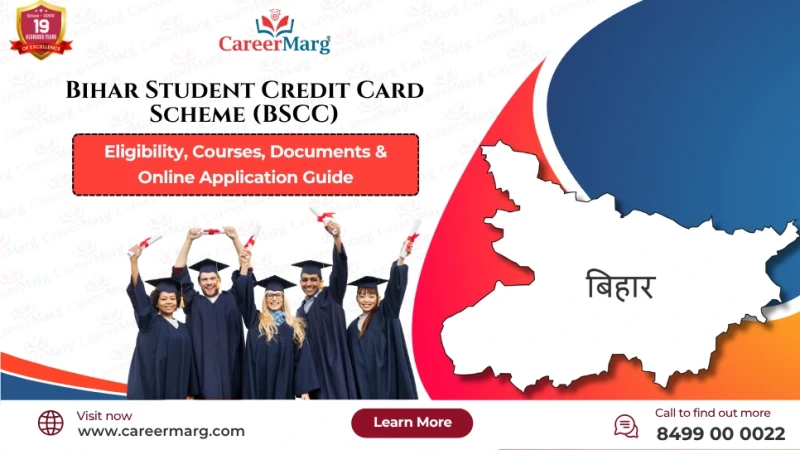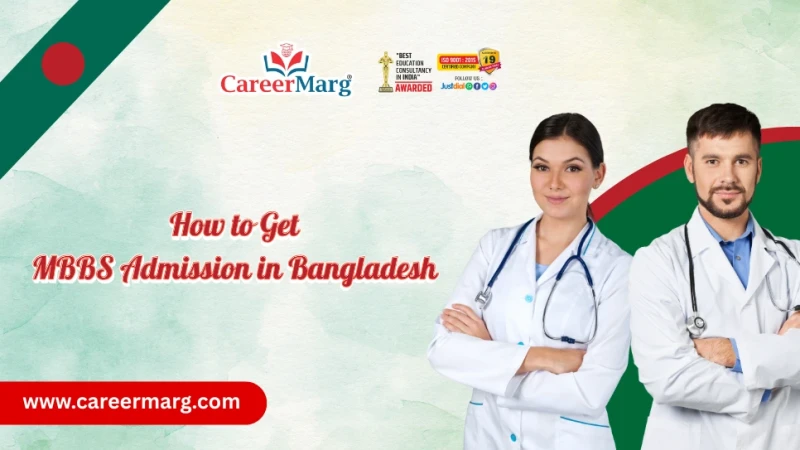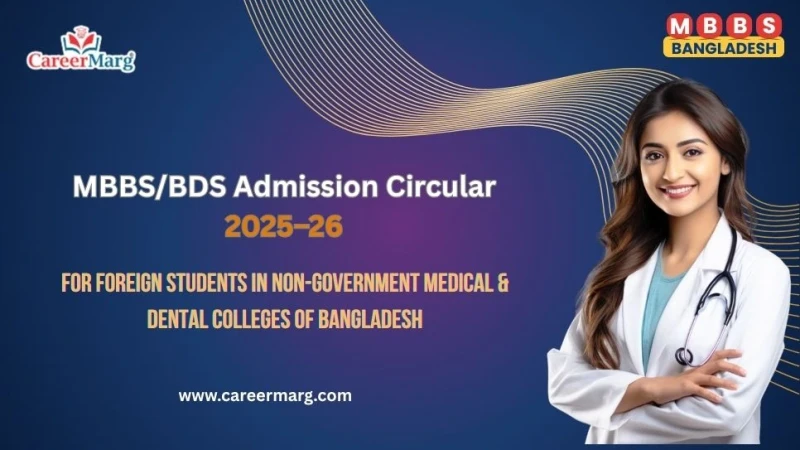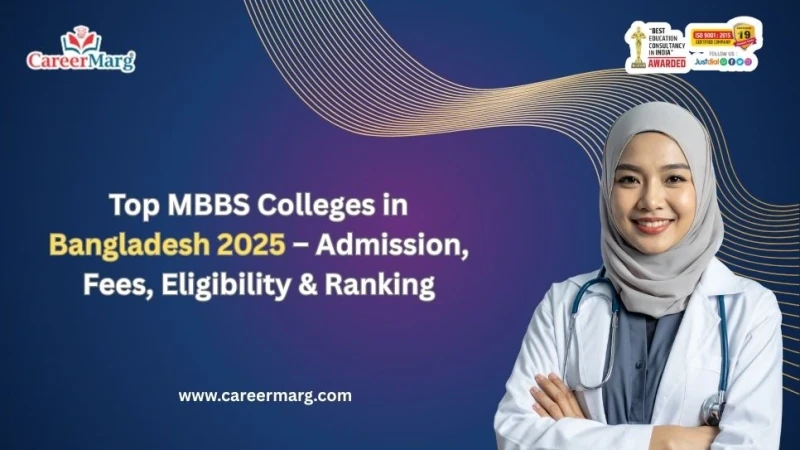India’s No. 1 Online Admission Portal Apply Now
India’s No. 1 Online Admission Portal Apply Now
Health Professional education was started in Nepal formerly after the establishment of Institute of Medicine under Tribhuvan University in 1972 beginning with the training of middle-level human resources for health. Bachelor level courses in the Institute of Medicine was started in 1978 and postgraduate studies since 1982. Similarly, BP Koirala Institute of Health Sciences was established in eastern Nepal in 1993, Manipal Academy of Health Sciences was established under Kathmandu University as a Kathmandu University-affiliated private institutions in 1993. Kathmandu University School of Medical Sciences as constituent campus started the MBBS program in 2001. Then National Academy of Medical Sciences was established in 2002 and Patan Academy of Health Sciences in 2008. Since the late '90s, over a period of a decade, numerous private medical institutions were also opened in affiliation to various universities. In one hand, the rapid development of medical institutions helped for fulfilling the gap between the need of human resources for health. In the other hand, there have been issues related to quality in health professional education and also the process and costs related to the entrance examination and student enrollment. In this context, the National Medical Education Act 2075 has envisioned the common entrance examination to be conducted by Medical Education Commission for enrollment of students in various programs and colleges throughout the country. For conducting the Undergraduate common entrance examination, the commission has felt the need to prepare a common syllabus in consultation with experts from various institutions with experience in the undergraduate entrance examination.
1. To develop a common syllabus of specific academic programs for the undergraduate common entrance examination
2. To generate consensus and match logically between the existing undergraduate entrance syllabus effective at various medical institutions
3. To find the scope of improvements/innovations in the currently existing undergraduate entrance examination.
General consensus:
A common consensus on relevant issues related to syllabus was generated with brainstorming and regular discussions as per the above-mentioned process involving all stakeholders related to training of undergraduate academic programs.
1. MBBS/BDS/BSc Nursing/BASLP/ B Perfusion Technology
2. BAMS/BSc MLT/BSc MIT/BPT/BPharm/B Optometry
3. BPH (Bachelor in Public Health) 4. BNS (Bachelor in Nursing Science)
A consensus was generated to have entrance test paper with 200 multiple choice questions to improve content coverage as well as to match with the recent practice. This will also help differentiation of the candidates by minimizing the tie in the marks among the candidates.
👉Multiple choice questions (MCQs) will be of Single Best Response Type (Type A) with four options.
👉Adopt a Criterion-Referenced Test with 50% pass mark with no negative marking.
👉A consensus was generated to allow 3 hours with instruction to paper setter that the stem or vignette of the MCQs should not exceed 60 words.
👉All agreed to include 20 MCQs from Mental Agility Test for all the academic programs.
👉For the programs with eligibility also from PCL in Health Sciences, a consensus was generated to include 20 MCQs related to the specific subject as per the respective PCL programs.
👉The difficulty level of the items should be set from the time of item preparation as
1. Recall: 30%
2. Understanding: 50%
3. Application and above: 20%
Eligibility:
a. Passed 10+2 Science (Biology Group) or Equivalent securing at least 50% separately in Physics, Chemistry and Biology with 50% aggregate in total marks OR Secured at least C+ grade separately in Physics, Chemistry and Biology with at least C grade in remaining individual subjects along with GPA 2.4 OR Secured the Percentage equivalent to above eligibility in regards to the certificate level programs (A-Level) with different grading system OR
b. Applicants who have passed the Health Science Proficiency Certificate Level /Diploma (General Medicine, Medical Lab Technology, Ophthalmic Science, Dental Science, Pharmacy, Ayurveda, Radiography, Physiotherapy) with Certificate of Equivalence to Grade 12 Science program from National Examination Board AND
c. Secured at least 50% separately in Physics, Chemistry and Biology with 50% aggregate in total marks both in Diploma and the Examination for Equivalence AND d. Registered in Nepal Health Professional council or Nepal Pharmacy Council or Nepal Ayurveda Council as per related educational program.
a. Question type: Single best response type of multiple-choice questions
b. Option: Four options (A, B, C, D)
c. Number of questions: 200
d. Full marks: 200
e. Cognitive ratio: Recall: Understanding: Application - 30:50:20 f. Duration: 3 hours
| Exam Syllabus | Helpline Number |
| Download | +91-84990000022 |
No Comments Found

The Bihar Student Credit Card Scheme (BSCC) is one of the most important Bihar government schemes for students after 12th. It provides an education loan of up to ₹4 lakh to help students pursue engineering, diploma, B.Tech, MBBS, nursing, BBA....

Dreaming of becoming a doctor but tired with cut-throat competition, sky high fees of private colleges and limited government seats then MBBS from Bangladesh can be your escape.Every year thousands of Indian medical aspirants are turning to MBBS from....

Bangladesh has become one of the most affordable and NMC-approved destinations for Indian students seeking quality medical education abroad. With low tuition fees, a similar curriculum to India, and a 5-year English-medium program, studying MBBS in Bangladesh is now the....

Bangladesh has become one of the most preferred destinations for international students wishing to pursue MBBS or BDS abroad mostly those from India, Nepal, and other SAARC countries. Every year, the Directorate General of Medical Education (DGME), Bangladesh, publishes an....

Taking up MBBS in Bangladesh 2025-26 is at present the best possible option for Indian students who want to go to a foreign country for medical education that is not only of good quality but also affordable. The presence of....